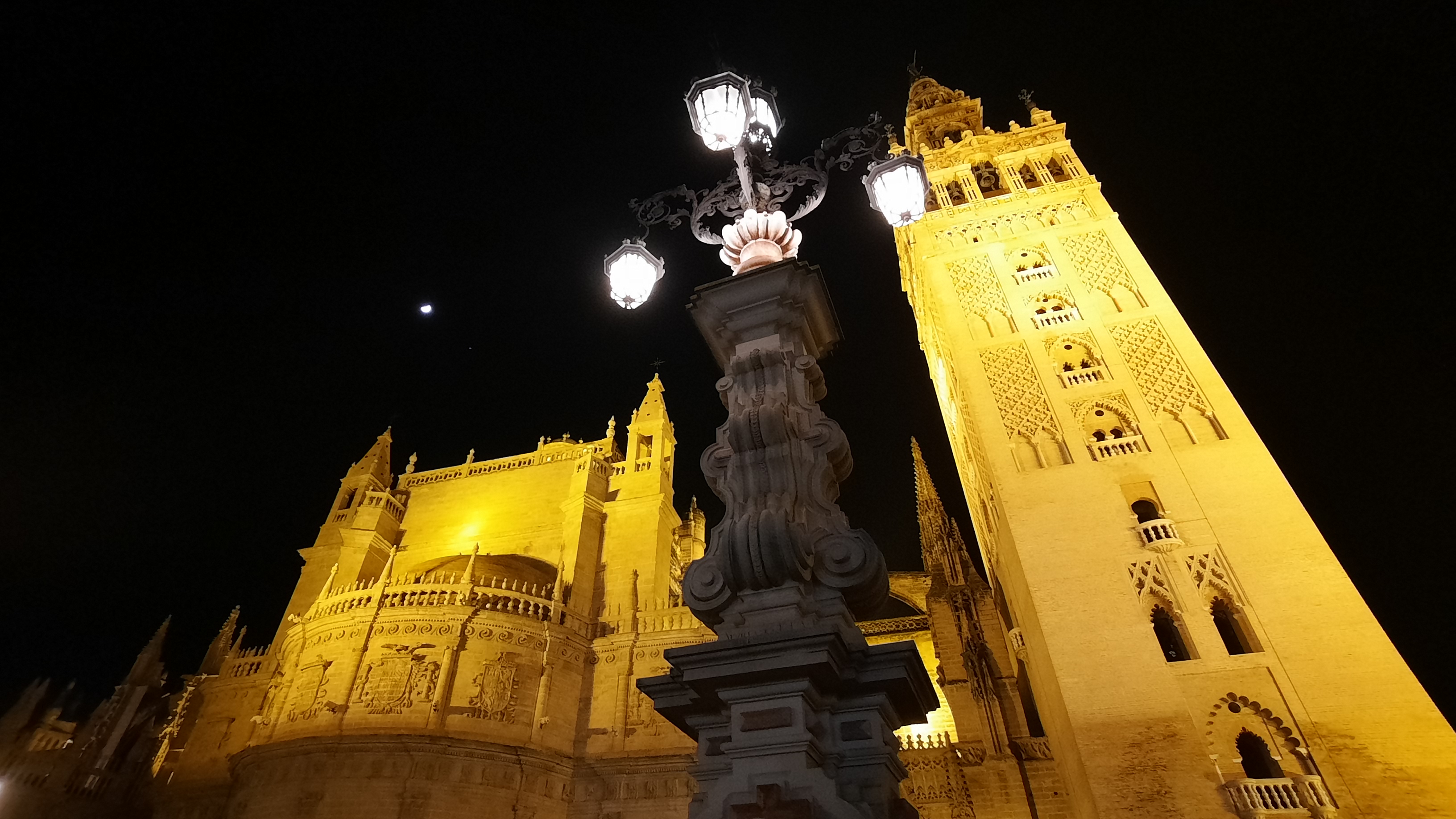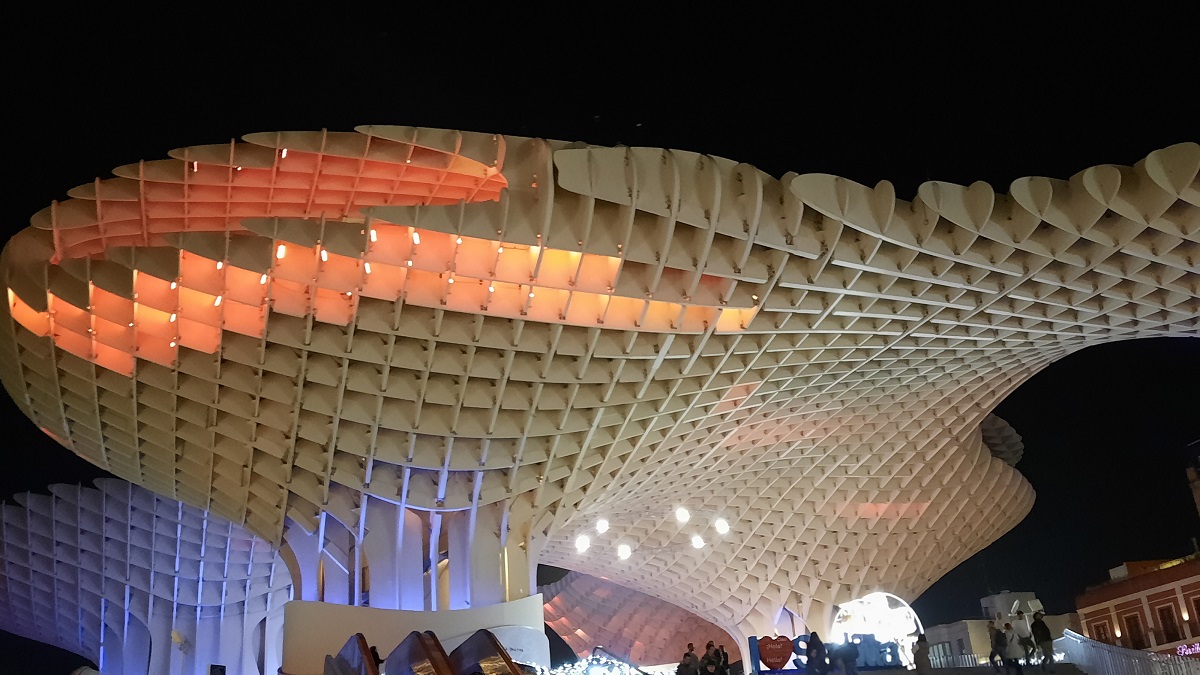

The conference will take place at the Institute of Mathematics of the University of Seville (IMUS) in Seville, Spain. It is located on the Reina Mercedes Campus, in the southern part of the city.
 About the city:
About the city:
Tourist map of Triana district
European Capital of Smart Tourism 2023, Seville is the fourth biggest city of Spain and has one of the largest historic centers in Europe protected by three Unesco World Heritage Sites: Cathedral, Alcazar and Archivo de Indias. It is known worldwide for festivals such as Easter and Feria, as well as being the birthplace of flamenco.
* More touristic information about Seville in this website.

How to arrive to Seville
By air
The Sevilla-San Pablo International Airport (SVQ) is located 10 kilometers northeast from Seville city centre. The most convenient ways to get to Sevilla is either by bus or by taxi.
By train
You can reach Seville from Madrid, the capital of Spain, in about 2h 30 min. The Sevilla-Santa Justa train station has a fast-track railway connecting Sevilla, not only with Madrid, but also with many other important cities in Spain, as Barcelona, Cádiz, Córdoba, Granada, Málaga or Valencia, amongst others. Please, see https://www.renfe.com/es/en.
Sevilla–Santa Justa train station is connected to the city center by local bus lines C1, C2 and 32. Red painted city buses are the predominant public transportation. Information about bus lines at Transportes Urbanos de Sevilla (TUSSAM).
By bus
There are two bus stations in Seville, both located in the city centre, with bus services to most of the main cities in Andalusia, the rest of Spain and also Portugal.
The Prado de San Sebastian bus station. Very close to Plaza de España. It is easily accessible by tram and by metro.
The Plaza de Armas bus station. Located by the river, close the Old Town of Seville.